You are here
Sun, 2011-03-13 17:00 — mdmcdonald
Japan Radiation Medicine
Working Group email address: ***@***.***
Add Content to this group
Members
| AlMac99 | bdfmchuv | Bea Alvarez | bevcorwin | brandongraham | Craig Vanderwagen |
| duane.caneva | Emi Kiyota | GBrozowski | James Miller | Kathy Gilbeaux | leiderman |
| Mark Ryan | mdmcdonald | MichelSPawlowski | Patrick Young | rasmussene | Richard Walden |
| RJ Danzig | safecast | safecastdotorg | Samuel Bendett | Susan Fassig | Tomo |
| UserTest | WVISecurity | Yuki Karakawa |
Email address for group
radiation-medicine@m.resiliencesystem.org

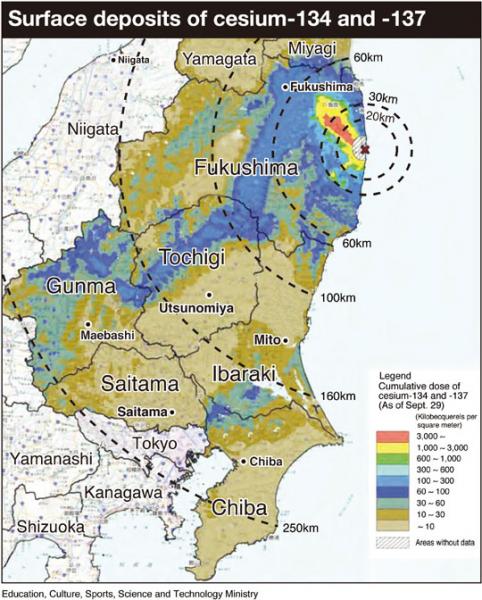


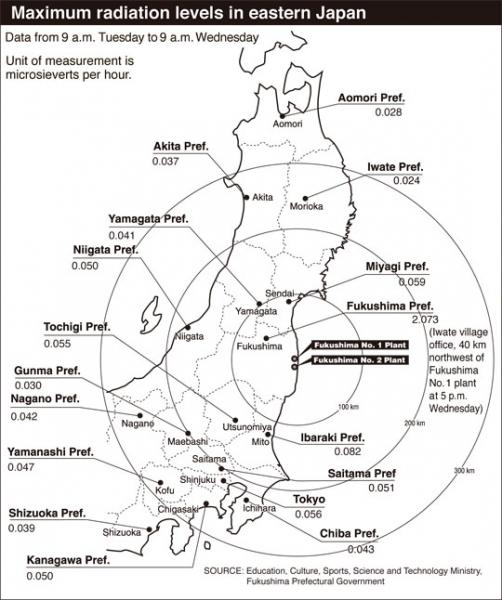
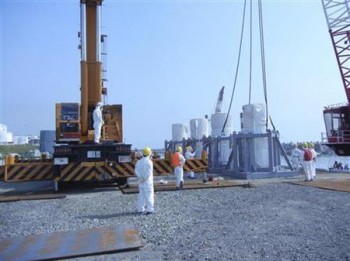

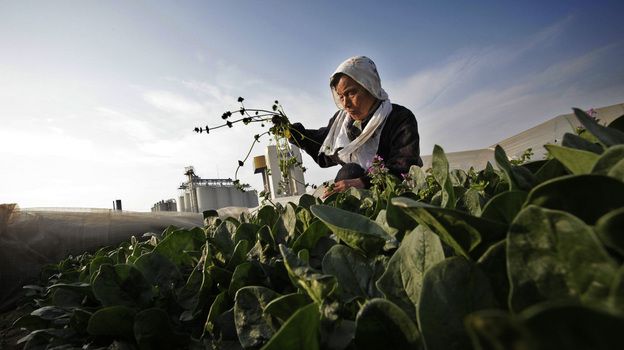
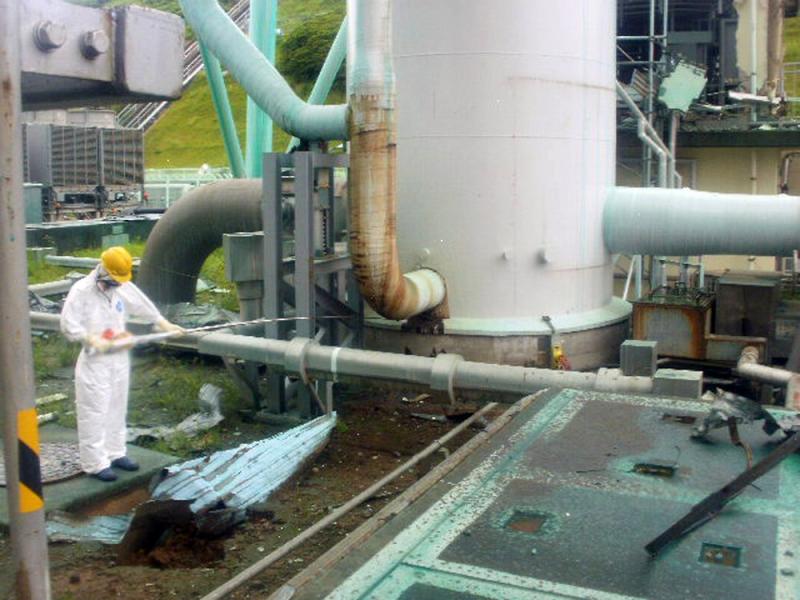
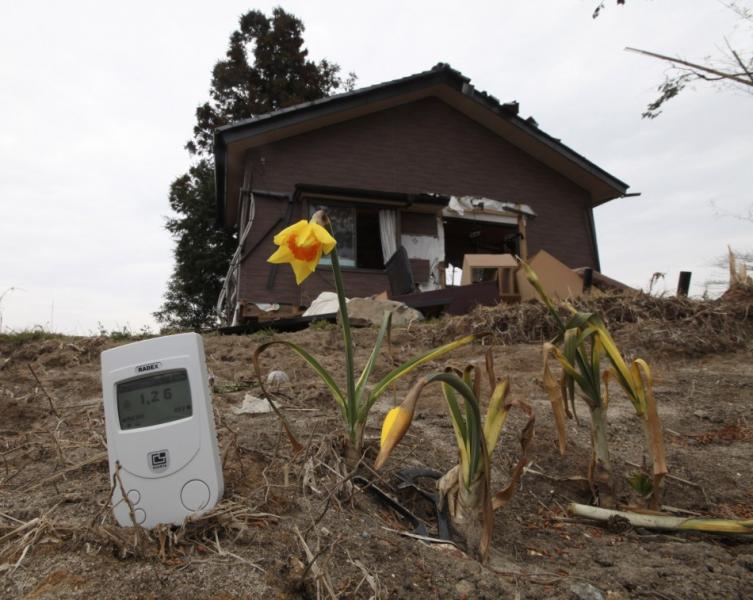
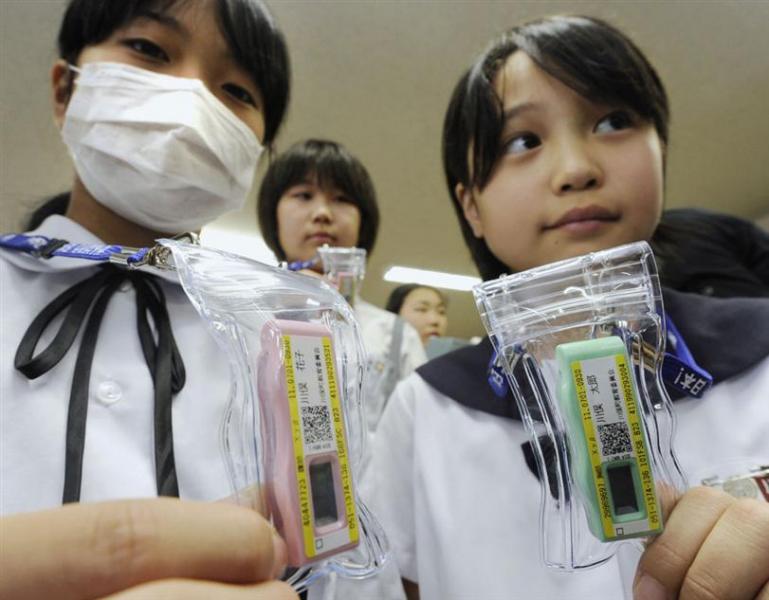
Recent Comments